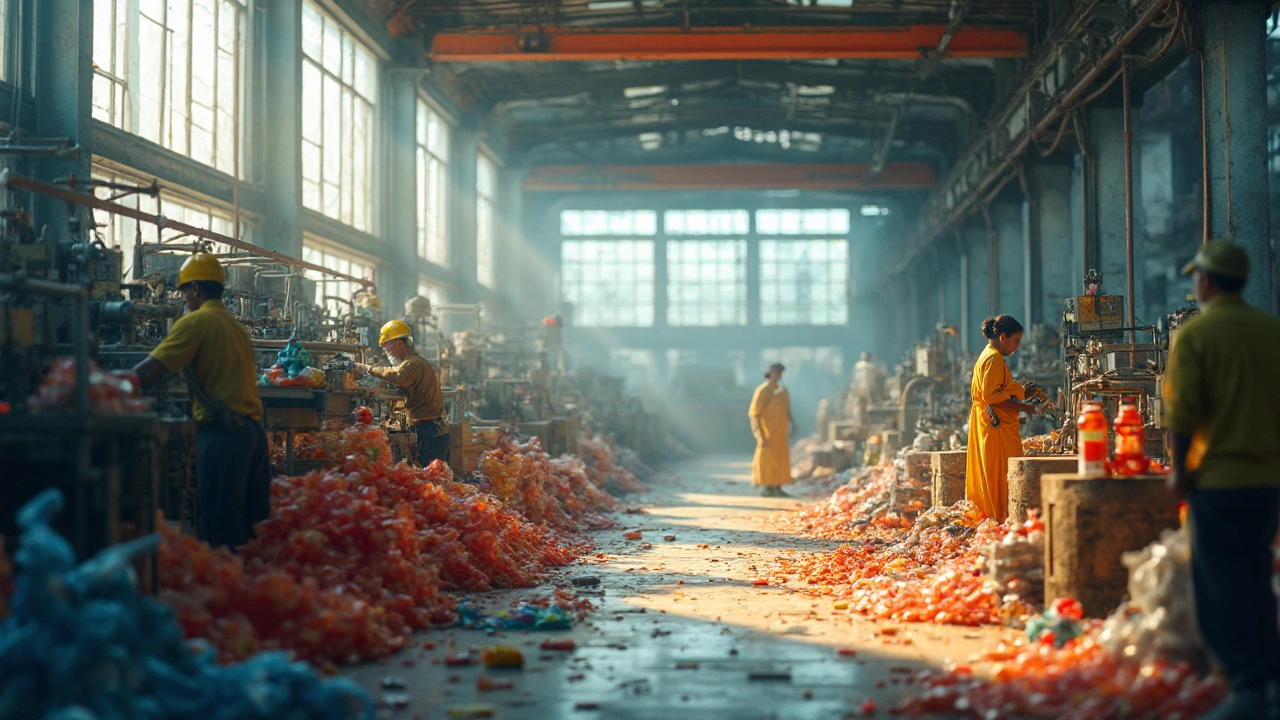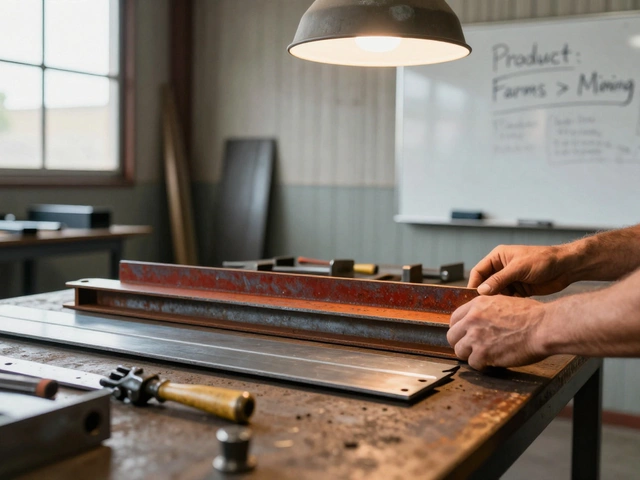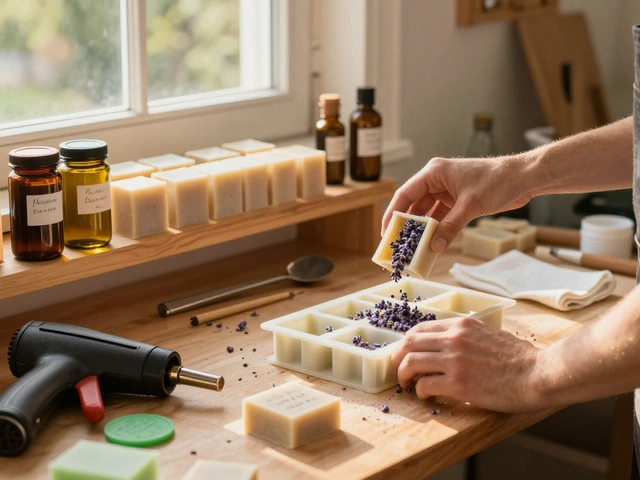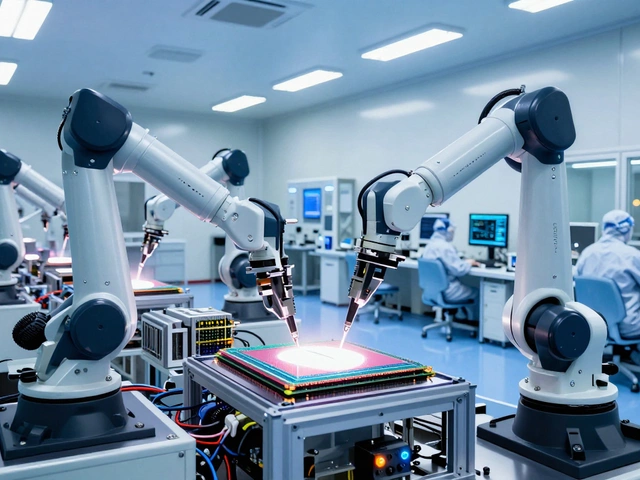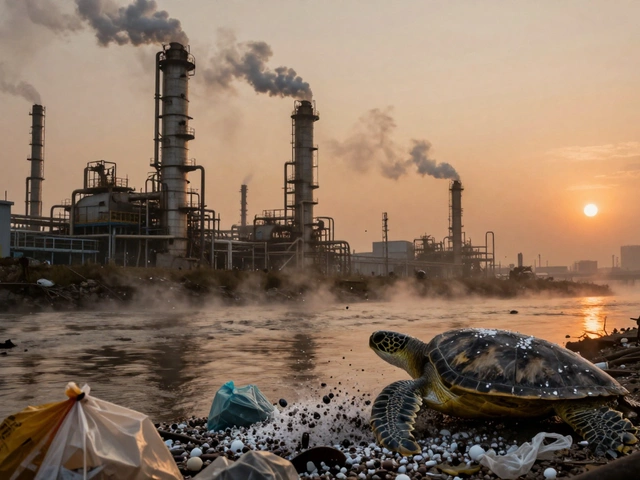Popular Plastics Driving Indian Manufacturing in 2025
If you’re planning a new product or looking to upgrade an existing line, the first question is usually: which plastic will give the best mix of cost, strength, and speed? In India the answer circles around a handful of materials that dominate factories, supply chains, and price lists. Below we break down why these plastics matter, what they’re used for, and quick tips on picking the right one for your project.
Why These Plastics Are In Demand
Polypropylene (PP) tops the list because it’s cheap, lightweight, and resistant to chemicals. You’ll find it in everything from food containers to automotive parts. Its easy‑moldability means short cycle times, a must‑have for high‑volume producers.
Polyethylene terephthalate (PET) is the go‑to for bottles, trays, and packaging that needs clear visibility and a strong barrier against moisture. The rise of PET recycling plants across Gujarat and Tamil Nadu keeps the raw material price steady while supporting sustainability goals.
High‑density polyethylene (HDPE) shines in large drums, water tanks, and industrial hoses. Its impact resistance and durability let manufacturers promise longer service life without inflating costs.
Polycarbonate (PC) may cost more, but its impact strength and heat resistance make it ideal for automotive headlamps, medical devices, and electronic housings. When safety standards are tight, PC is often the only choice.
Finally, acrylonitrile‑butadiene‑styrene (ABS) balances strength, gloss, and ease of machining. It’s the material behind many consumer‑grade toys, appliance casings, and 3‑D‑printed prototypes.
Choosing the Right Plastic for Your Product
Start with the end‑use environment. If the part will sit in hot water or near a heat source, skip low‑temperature plastics and go for PET or PC. For outdoor exposure, HDPE’s UV resistance can save you a redesign later.
Next, think about the production process you have. Injection molding works best with PP and ABS, while blow molding is the standard for PET bottles. Aligning material choice with existing equipment avoids costly retooling.
Cost is always a factor. A quick price check with local suppliers in Maharashtra or Karnataka can reveal a 10‑15% spread between grades. Remember to factor in post‑processing – some plastics need extra drying or annealing, which adds labor.
Compliance matters too. The Indian government’s recent ban on certain additives means you should verify that the resin complies with BIS and RCS standards. Most reputable mills now provide a certification sheet; ask for it before you place an order.
Lastly, sustainability is no longer optional. If you can source recycled PP or PET without compromising performance, you’ll win points with buyers and may qualify for green certifications.
To sum up, the most popular plastics in India today are PP, PET, HDPE, PC, and ABS. Each brings a distinct blend of price, strength, and processing ease. By matching material properties to your product’s needs, you’ll cut waste, reduce time‑to‑market, and keep costs in check.
Ready to pick a plastic? Reach out to a local supplier, request sample sheets, and run a quick mold trial. The right choice will show up in smoother production runs and happier customers.
Which Plastic Is in Demand: A Spotlight on Popular Plastics
In today's fast-paced world, certain types of plastics are in high demand due to their unique properties and applications. This article delves into the most sought-after plastics in the manufacturing industry, exploring their uses, benefits, and why they are favored by manufacturers. Learn about the plastics that are shaping our modern world and the reasons behind their popularity. The article also provides insights into trends and innovations driving the demand for specific plastics.
Read More